Services
Exploring the Future of Night Vision: The Role of Infrared Image Intensifiers in Modern Technology
As the demand for advanced technology continues to grow, the significance of Night Vision systems becomes increasingly prominent, particularly in various fields such as military, security, and surveillance. Central to these systems is the Infrared Image Intensifier, an innovative device that amplifies low-light images by utilizing infrared light. This technology not only enhances visibility in complete darkness but also offers a crucial edge in scenarios where conventional sight is compromised.
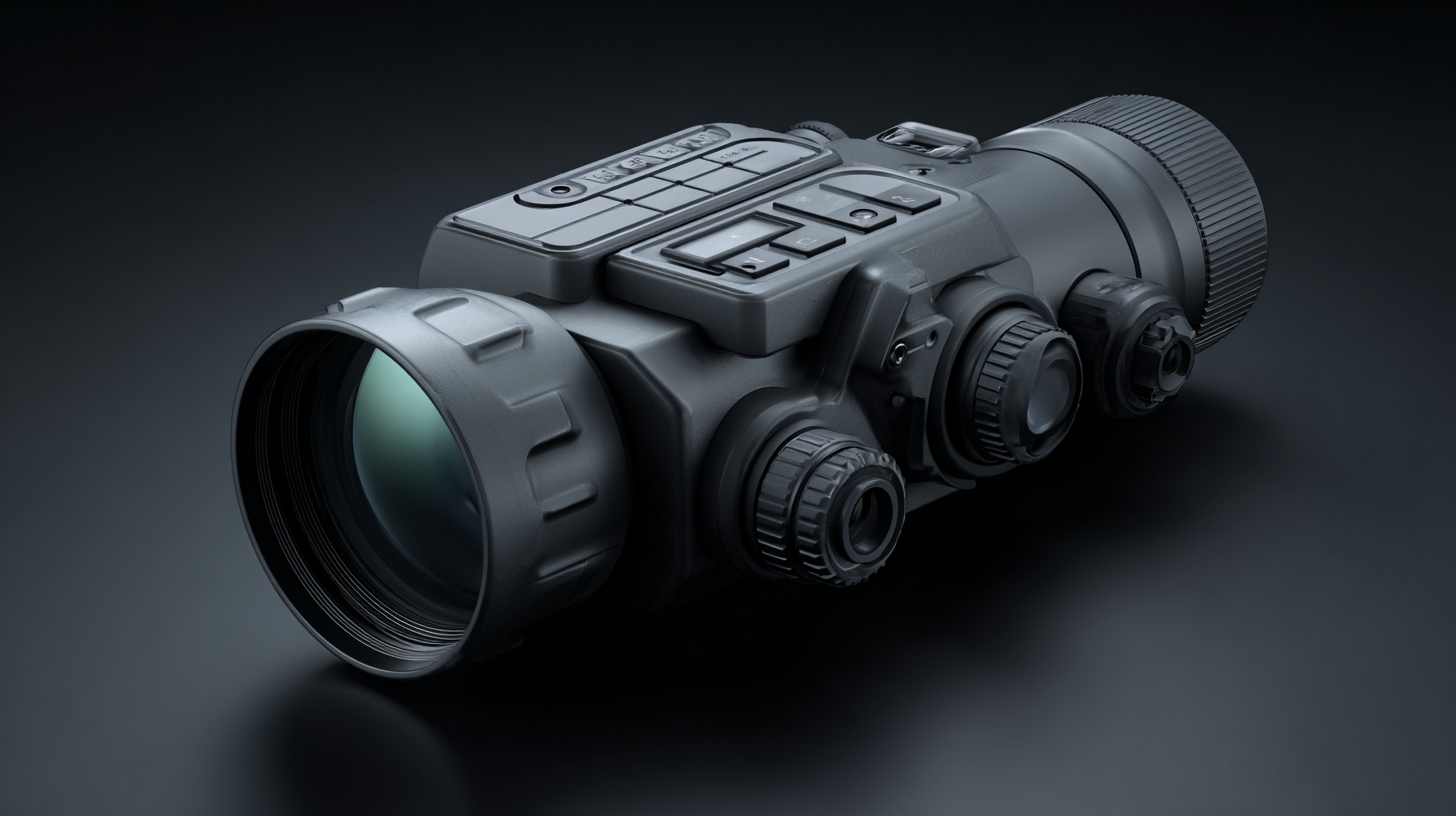
The evolution of the Infrared Image Intensifier is paving the way for more sophisticated applications, enabling professionals to operate effectively in challenging environments. As we delve deeper into the future of night vision, understanding the mechanisms and advancements of Infrared Image Intensifiers reveals their pivotal role in shaping modern technological landscapes, enhancing both safety and operational effectiveness across numerous industries.
The Evolution of Night Vision Technology: From Traditional to Modern Solutions
The evolution of night vision technology has seen a remarkable transformation from traditional solutions to modern advancements, largely driven by innovations such as
infrared image intensifiers. Early night vision devices relied on basic amplification systems, which were limited in their capabilities and effectiveness. Today, the latest iterations integrate
sophisticated thermal imaging, allowing users to see through smoke and various environmental obscurants.
 For instance, recent developments in binocular night vision systems represent significant progress in enhancing situational awareness on the battlefield, showcasing the merging of traditional night vision technology with cutting-edge thermal capabilities.
For instance, recent developments in binocular night vision systems represent significant progress in enhancing situational awareness on the battlefield, showcasing the merging of traditional night vision technology with cutting-edge thermal capabilities.
As technologies evolve, organizations and individuals can capitalize on these advancements in various fields. Here are some tips on how to effectively leverage new night vision technologies:
- Assess your specific needs: Understanding the unique challenges faced in your environment can help tailor the right solution for optimal performance.
- Stay informed about trends: The rapid pace of innovation in night vision technology means new developments are always on the horizon. Engage with industry news and expert opinions to stay ahead.
- Invest in training: To maximize the effectiveness of modern night vision equipment, proper training is essential. Ensure that users are well-versed in operating new technologies to enhance overall effectiveness.
The shift from traditional to modern solutions indicates a focused movement towards enhanced functionality and reliability, shaping the future of night vision capabilities significantly.
Understanding Infrared Image Intensifiers and Their Functionality
Infrared image intensifiers play a critical role in enhancing night vision capabilities across various military and civilian applications. These devices work by amplifying available light, making it possible to see in low-light conditions by converting infrared light into visible wavelengths. With advancements in technology, the functionality of these intensifiers has significantly improved, allowing soldiers and security forces to operate effectively even in total darkness.
Recently, the British Army's acquisition of 10,000 advanced weapon sights underscores the growing importance of these technologies in combat environments. Moreover, the development of lightweight OLED options presents a promising alternative to traditional night vision goggles, enabling greater mobility and comfort. As these innovations come to the forefront, understanding the underlying principles of infrared image intensifiers is essential for those looking to deploy or engage with night vision technology.
**Tips:** When selecting night vision equipment, consider factors such as weight, battery life, and resolution. Always test the functionality in different lighting conditions to ensure optimal performance. Additionally, staying updated with the latest technology trends can provide insights into the best options available on the market.
Exploring the Future of Night Vision: The Role of Infrared Image Intensifiers in Modern Technology
| Feature | Description | Applications | Advantages |
|---|---|---|---|
| Sensitivity | Ability to detect low levels of infrared light | Military surveillance, Search and rescue | Enhanced detection capabilities in low-light conditions |
| Resolution | Quality of the image produced | Law enforcement, Environmental monitoring | Clearer images for identification and analysis |
| Size and Weight | Compact design for portability | Outdoor adventures, Wildlife observation | Easier to carry and handle during operations |
| Technology | Utilizes advanced infrared detection mechanisms | Industrial inspection, Automotive applications | Robust functionality in various environments |
| Cost | Price ranges depending on features and technology | Personal use, Security systems | Investment in long-term utility and functionality |
Applications of Infrared Image Intensifiers in Various Industries
Infrared image intensifiers have become pivotal in various industries, transforming the way we perceive and interact with our environment. In the defense sector, for instance, these technologies enhance situational awareness during low-light conditions, enabling military personnel to operate more effectively at night. The ability to amplify infrared light allows for clearer visibility, improving both surveillance and tactical operations. This has led to significant advancements in night vision devices, which are projected to reach a market value of $17.96 billion by 2032, fueled by a growing demand for enhanced security and defense capabilities.
Beyond defense, infrared image intensifiers find applications in diverse fields such as environmental monitoring, healthcare, and food processing. In environmental science, these devices help detect heat emissions and identify wildlife at night, contributing to conservation efforts. In the medical arena, they are used in imaging technologies that allow for better diagnosis and treatment, especially in conditions requiring low-light assessments. Furthermore, pulsed electric field technologies in the food industry utilize infrared imaging for quality control and efficiency, showcasing the versatility and importance of infrared image intensifiers across multiple sectors.
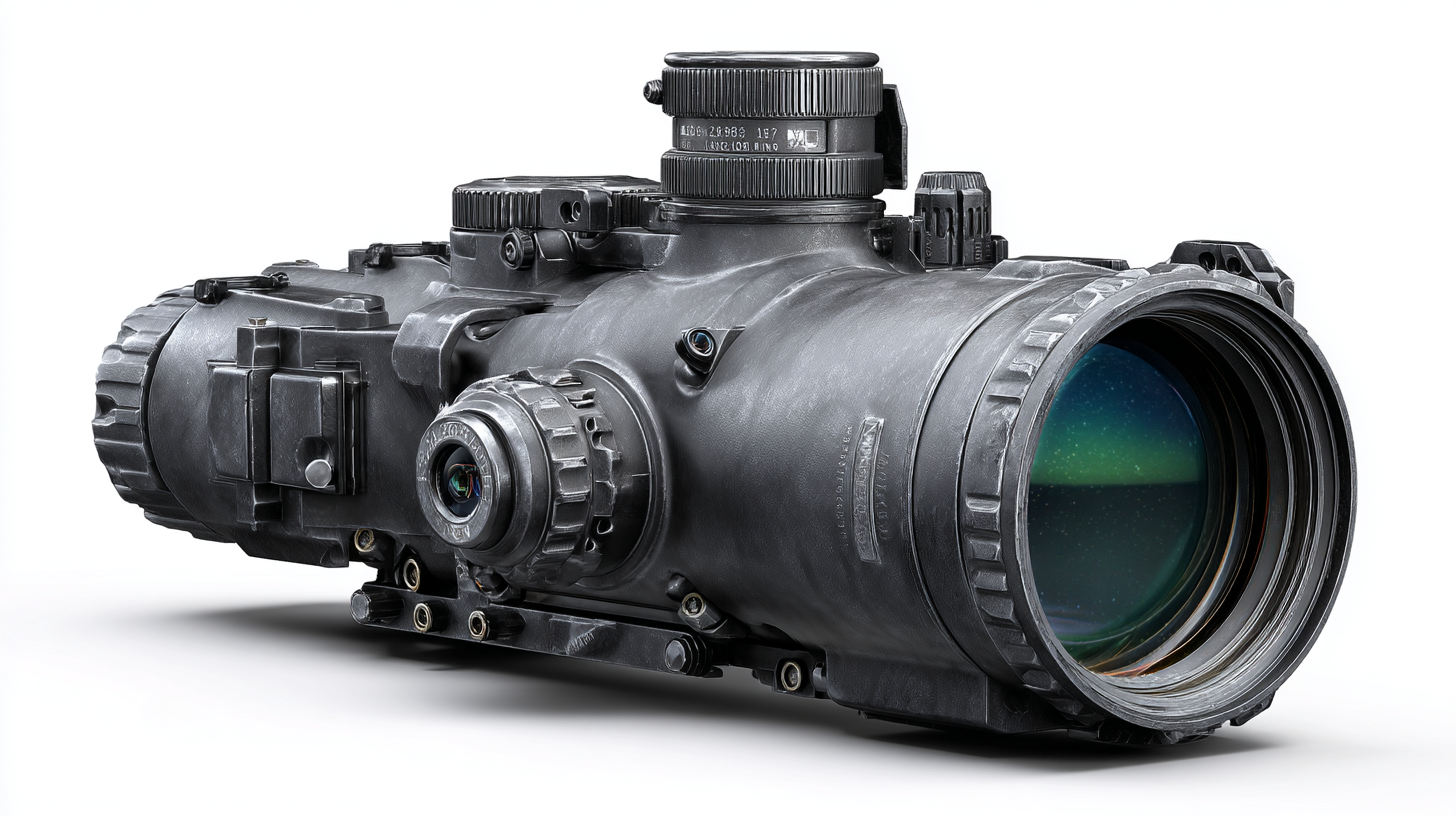
The Future Potential of Night Vision: Innovations on the Horizon
Recent advancements in infrared image intensifiers have opened new avenues for night vision technology, positioning it as a vital component across various sectors. According to a report by Allied Market Research, the global night vision market is projected to reach $12 billion by 2025, driven by demand from military, law enforcement, and commercial applications. The integration of lightweight, compact infrared systems is revolutionizing how professionals operate under low-light conditions, enhancing situational awareness and improving safety.
Innovations on the horizon include the development of advanced sensor technologies and the incorporation of artificial intelligence, which promise to enhance the performance and versatility of night vision devices. For instance, the integration of machine learning algorithms can facilitate real-time image processing, allowing for clearer and more detailed visuals. Furthermore, emerging materials such as graphene are being explored to create more sensitive and efficient infrared detectors. As these technologies evolve, the potential applications expand, promising improved outcomes in surveillance, search and rescue operations, and personal safety measures in low-visibility environments.
Innovations in Night Vision Technology
Challenges and Ethical Considerations in Night Vision Technology Development
The development and deployment of night vision technology, particularly through infrared image intensifiers, present significant ethical challenges that must be addressed as we navigate the future of military and surveillance applications. The integration of such technologies into modern warfare raises profound questions about privacy, consent, and the potential for misuse. As governments and defense organizations increasingly rely on these enhancements to maintain a strategic edge, the societal implications of enhanced surveillance capabilities become more pronounced. The potential for infringing on civil liberties cannot be overlooked, prompting a need for strict regulatory frameworks.
Moreover, as with other advanced technologies, the evolution of night vision capabilities must consider the broader impact on global equality and access. The historical context of technological divisions between nations suggests that without thoughtful governance, the advancements in night vision may exacerbate existing inequalities. AI's role in these developments further complicates ethical considerations, highlighting the necessity for interdisciplinary dialogue among technologists, ethicists, and policymakers. Effective governance must aim not only to harness these technologies for security but also to safeguard against their potential dangers.
Related Posts
-
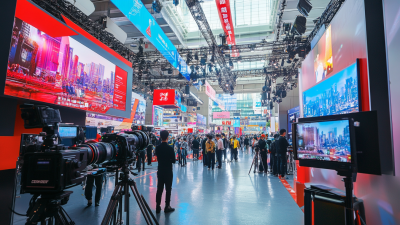
Experience Cutting Edge Technology at the 138th Canton Fair with Digital Image Intensifiers
-

Exploring Innovative Alternatives to Best Infrared Image Intensifiers for Global Buyers
-
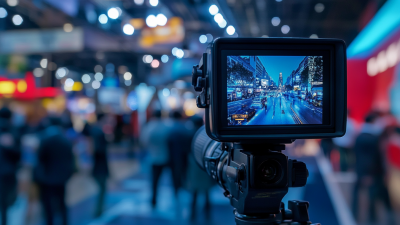
Top 10 Image Intensifier Night Vision Manufacturers in China at the 137th Canton Fair
-

10 Essential Image Intensifier Technologies Transforming Global Procurement Trends
-

Understanding the Mechanism Behind Image Intensification Technology
-
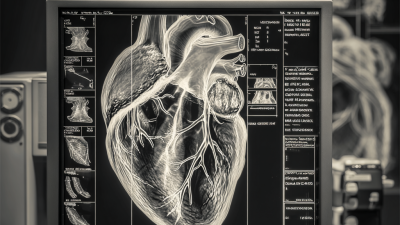
Mastering the Best C Arm Image Intensifier for Optimal Imaging Results
